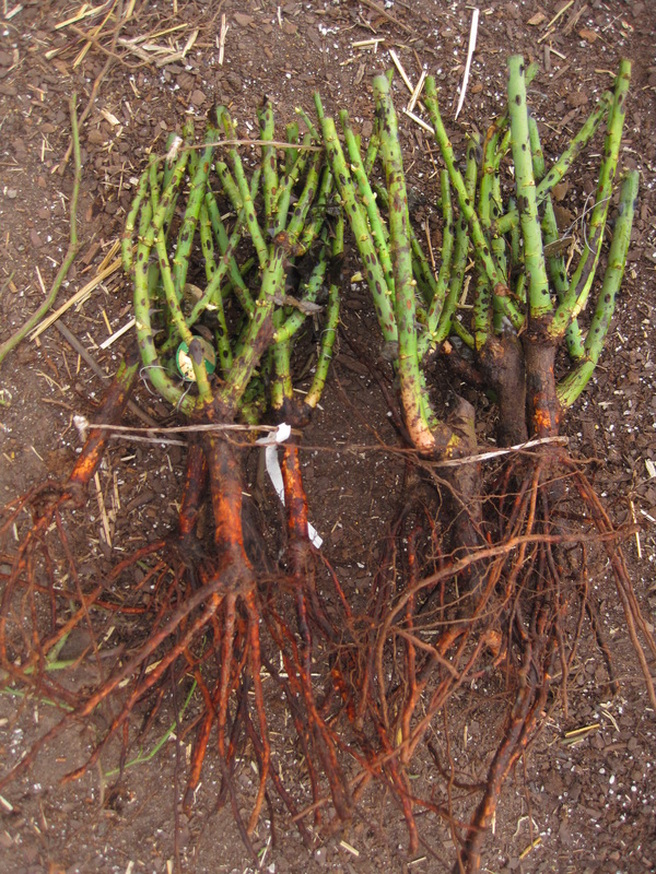
Pickering Nurseries in Ontario, well known for excellent quality roses, had a sale on bare root roses earlier this year. So, 32 rose bushes were purchased and ordered to be sent at the end of April. Who knew that the ground would still be unworkable and snow coming down every second day? As of today, this is supposed to be the last of the minus days with a big warming trend in the 20s, and that is just in time. The roses are soaking in the laundry sink in the porch, still covered with black plastic punched with multiple holes punched for air circulation. The stems have already begun to bud. Even when the roses are planted outside, they will need to be covered at night to protect the delicate shoots from frost, but only this year. These are hardy roses, many bred for cold tolerance as well as beauty. Some are climbing roses, to be trained on trellises and arbours, while others are bushes and still others are ground covers. From this lot, those on their own root stock, that is not grafted to a hardy root, but natural, can be started from cuttings to produce more bushes and soon the farm will be a fragrant paradise of multiple colours and fantastic beauty to behold. Along with the roses, a few fruit trees will be planted a bit later at the end of May, when the danger of frost is passed.
For now, the bushes are acclimatizing in the sink ready for planting tomorrow.
Since the weather has been so cold, the roses will have to be planted in containers and put outside during the day, but brought inside at night. This is called hardening off and means that the roses are getting used to the climate conditions. For containers, I have been saving coffee cans, chip bags, and other heavy plastic bags for 2 months for this purpose. These containers are temporary only of course and the roses will be planted in a permanent location once the ground is warm. I can't wait to see the blossoms this year, but is is the third year after planting that the roses will reach their full potential and then continue from there year after year. In my mind, I can see the glory of the garden on the Fat Ewe Farm. Can you?

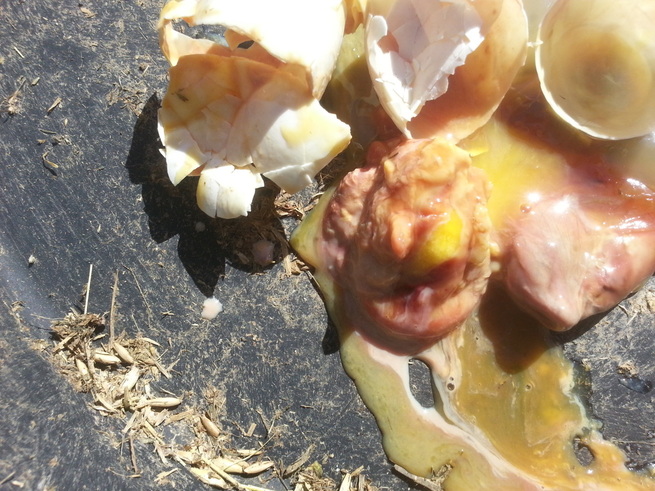
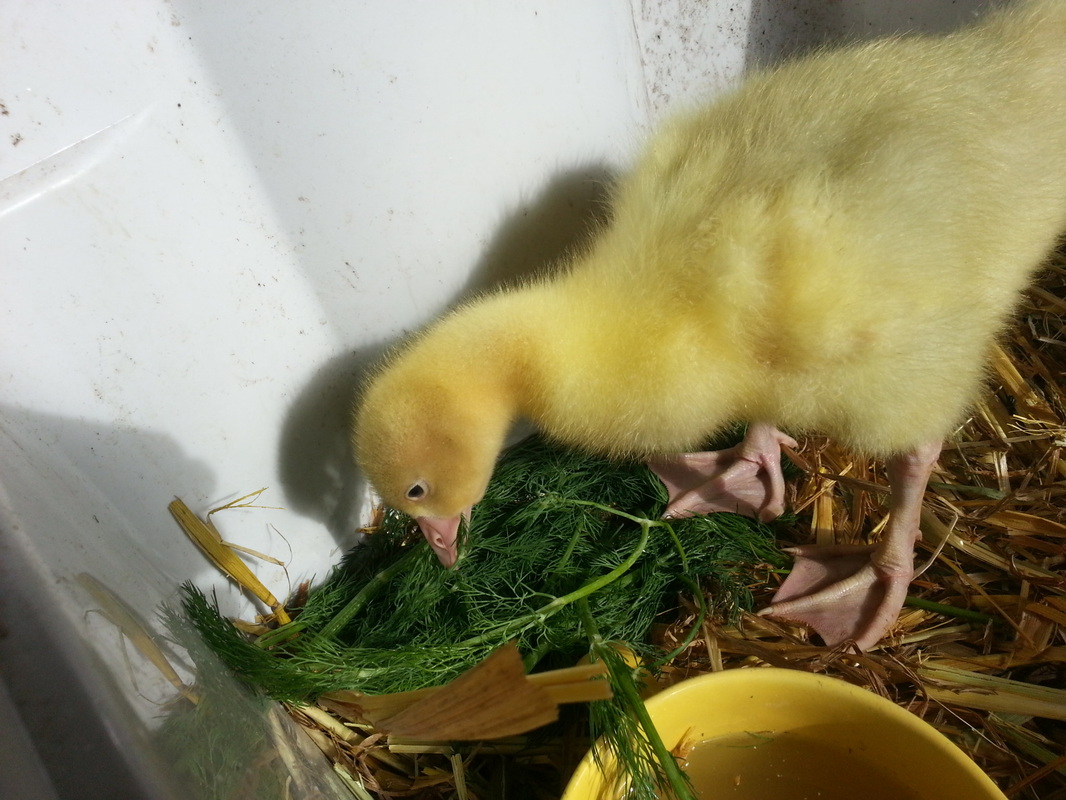
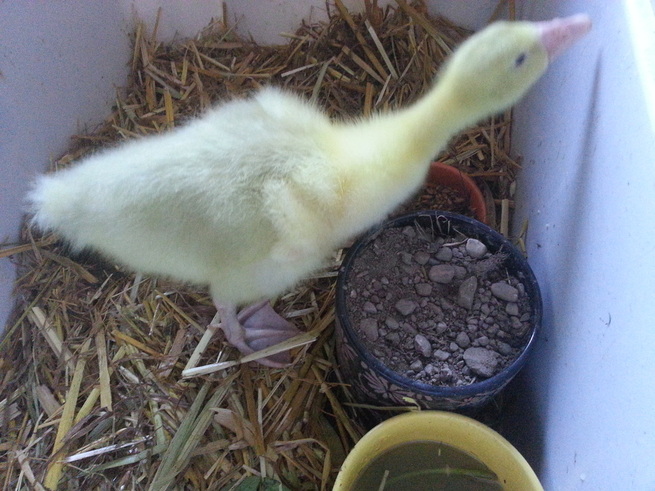
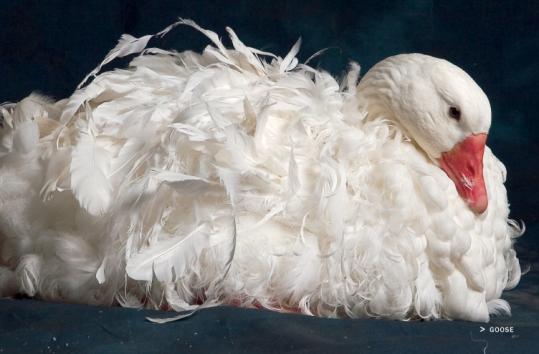
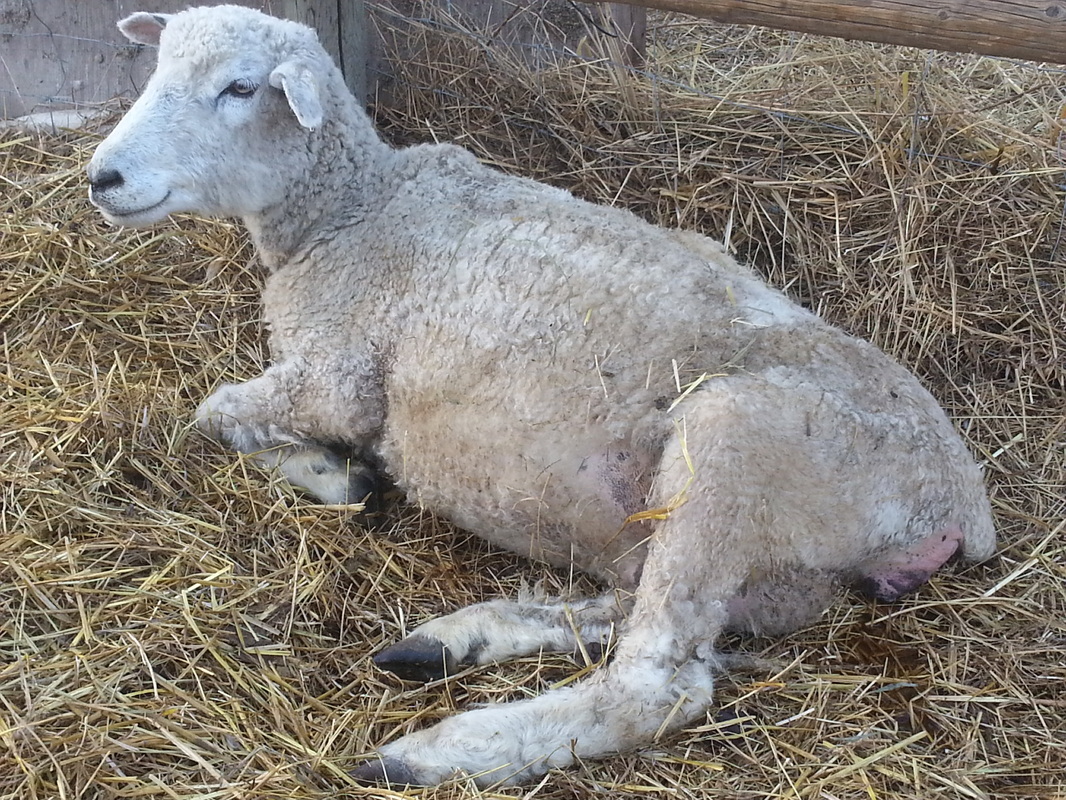
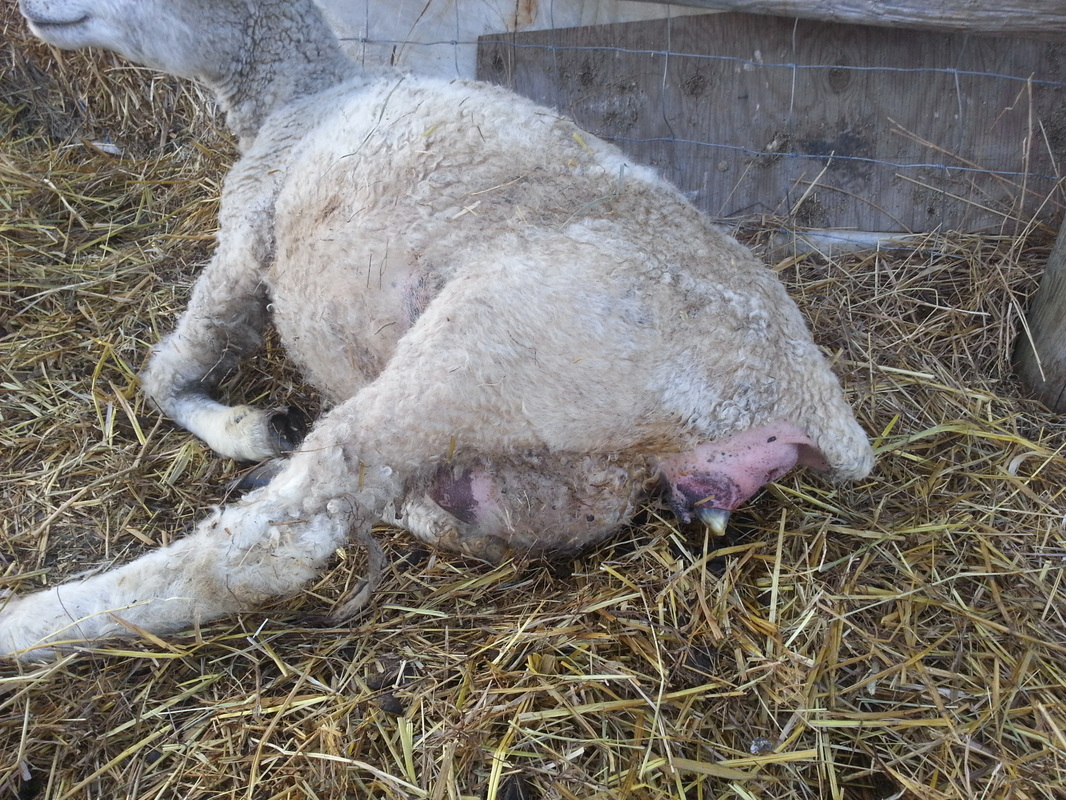
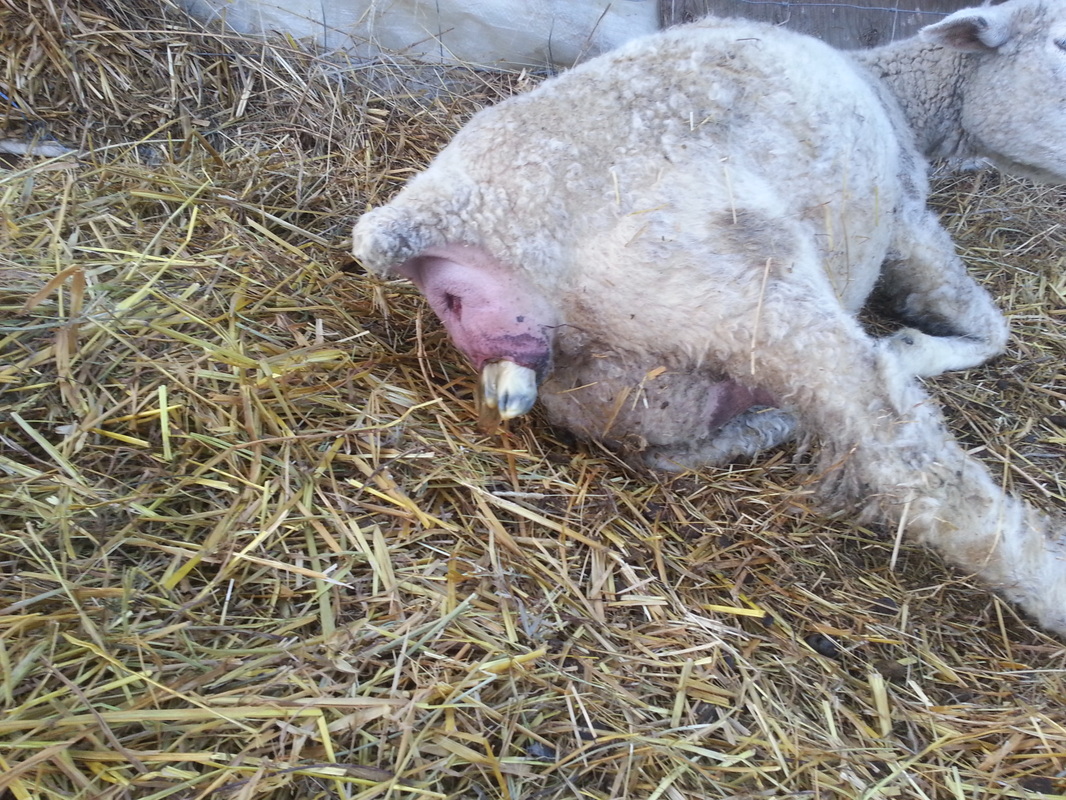
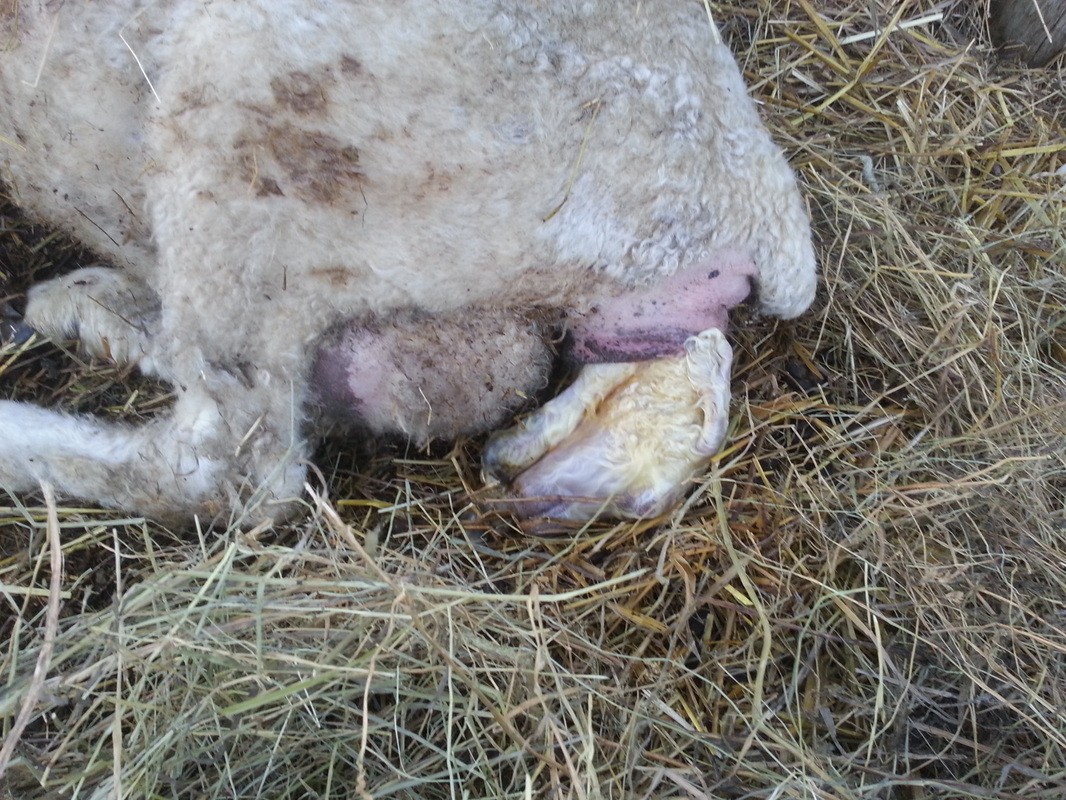
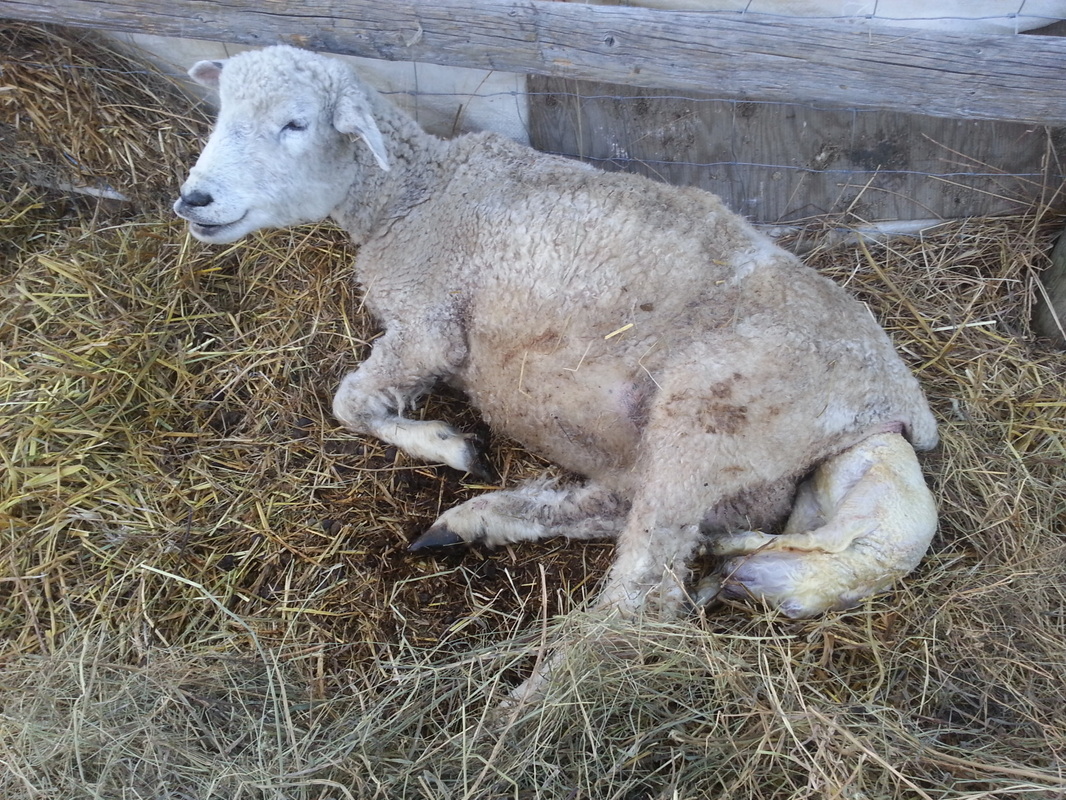
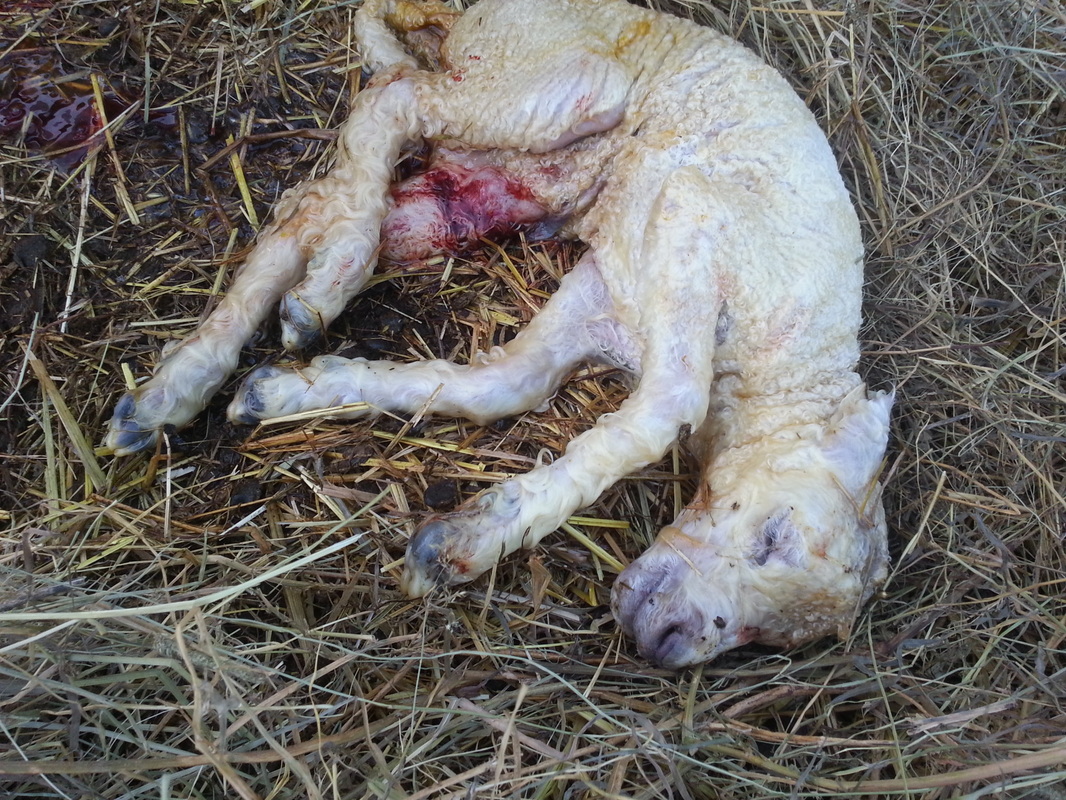
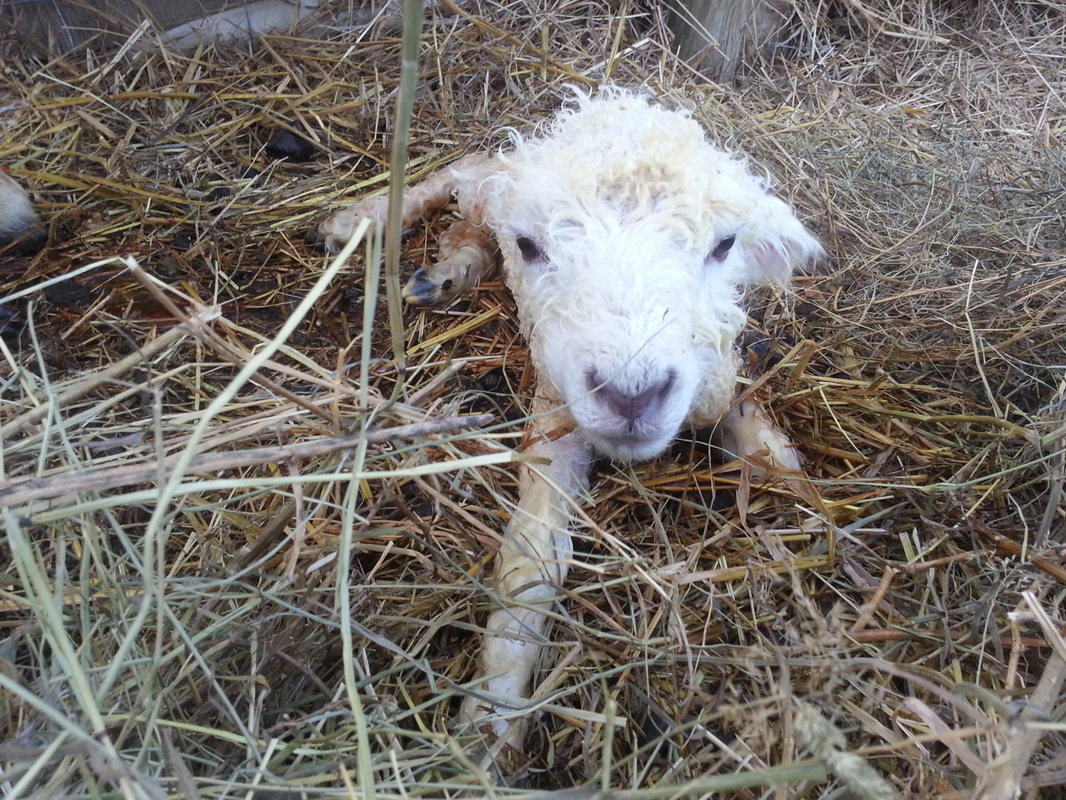
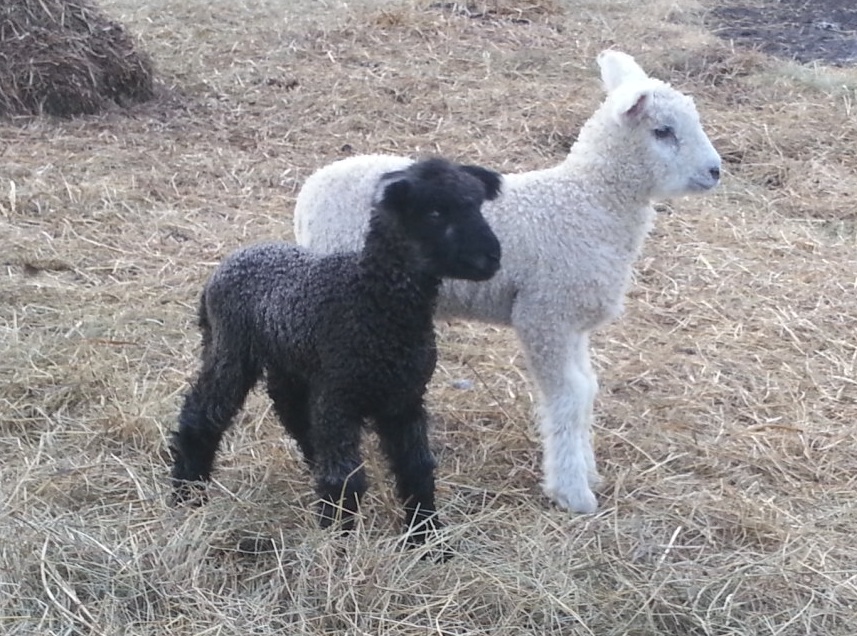
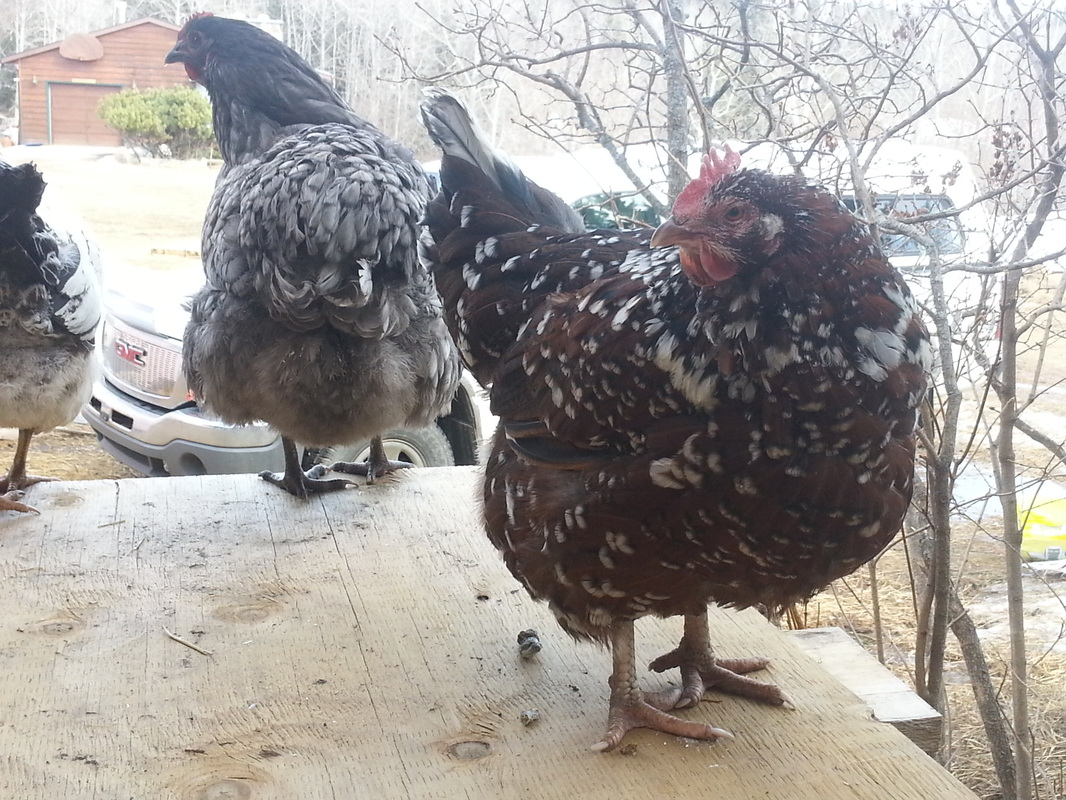
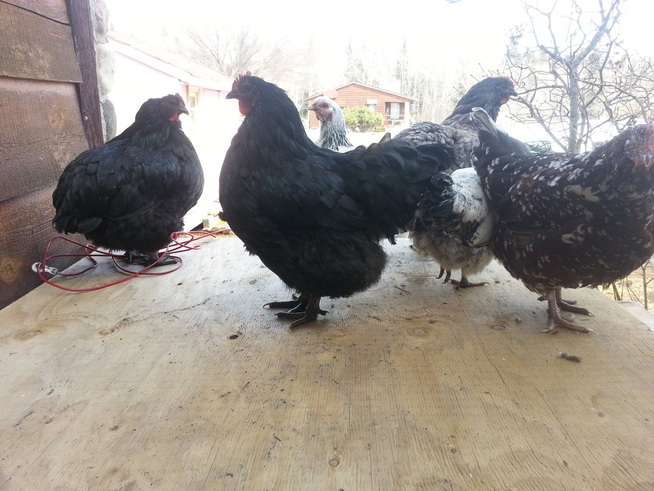
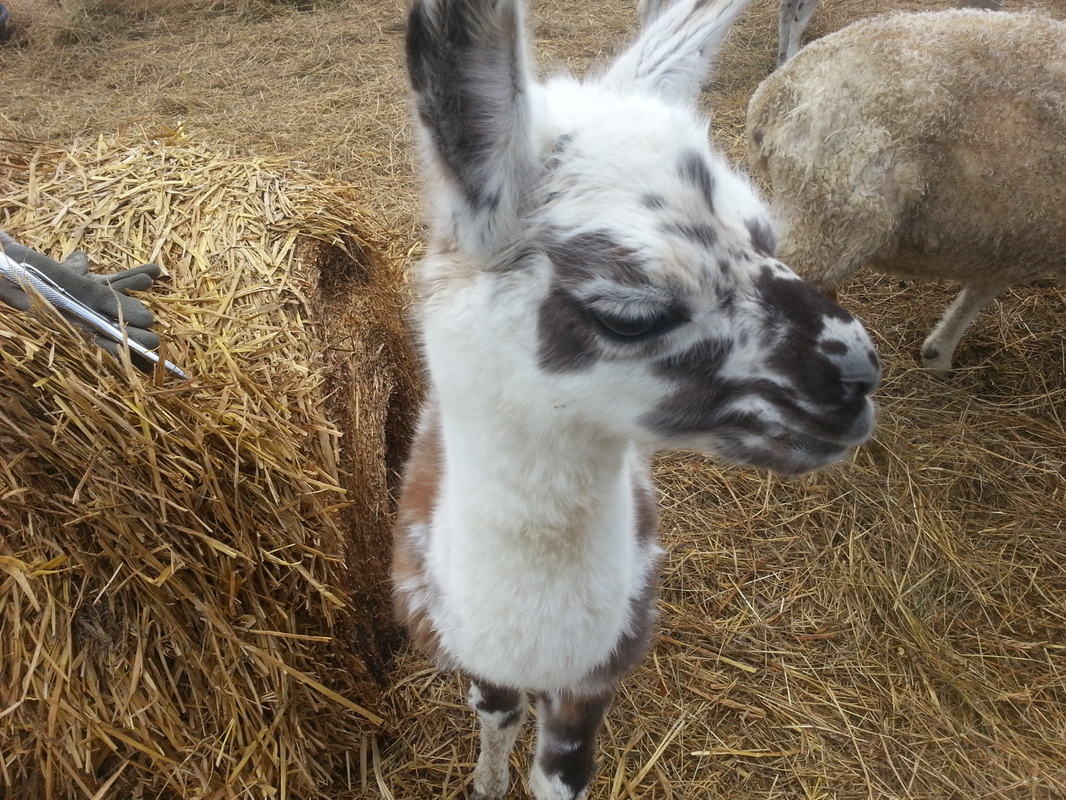
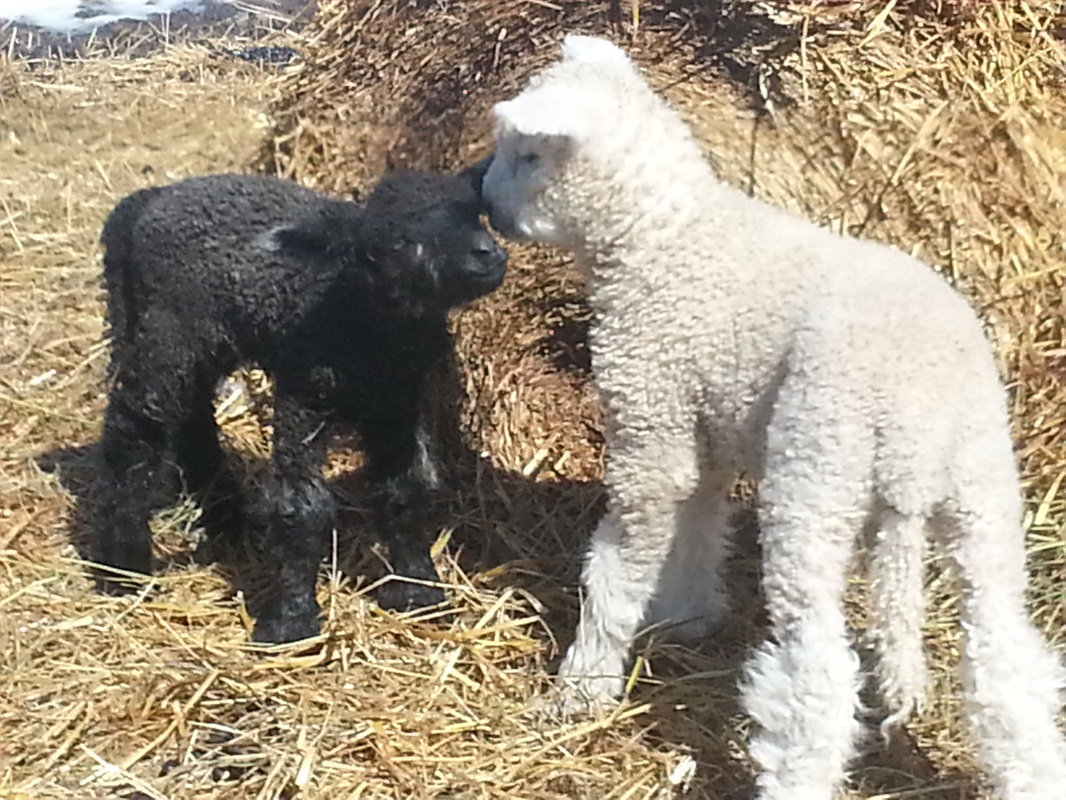
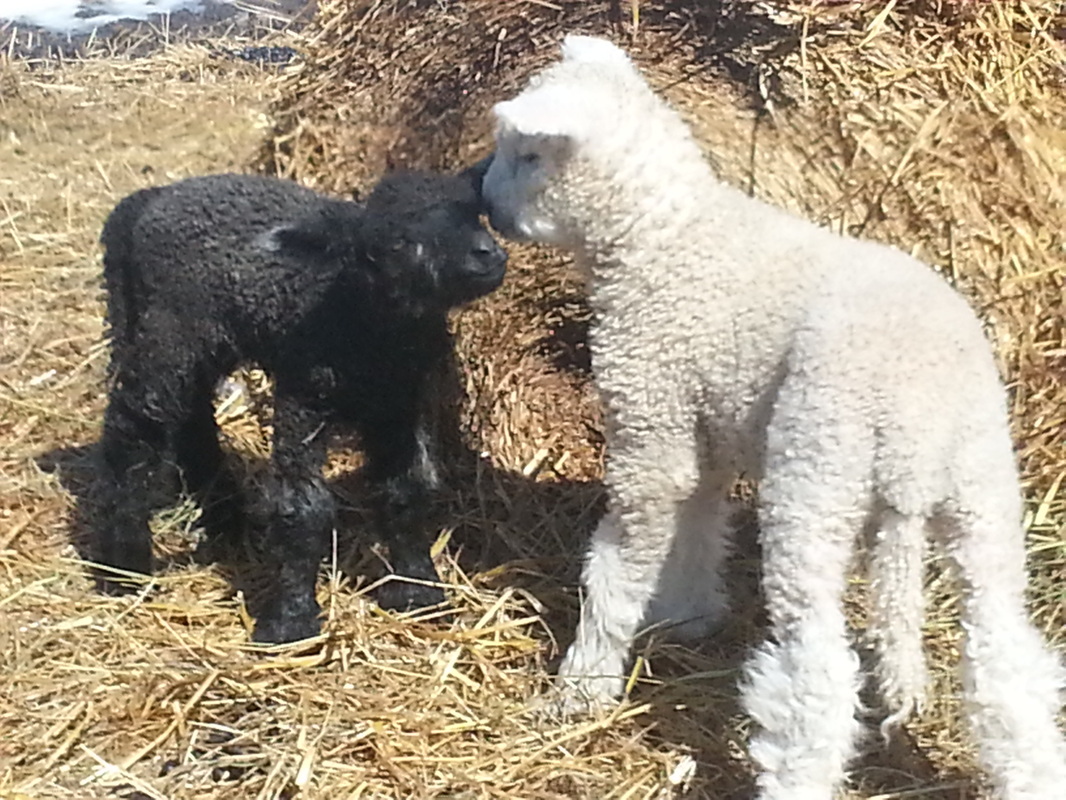
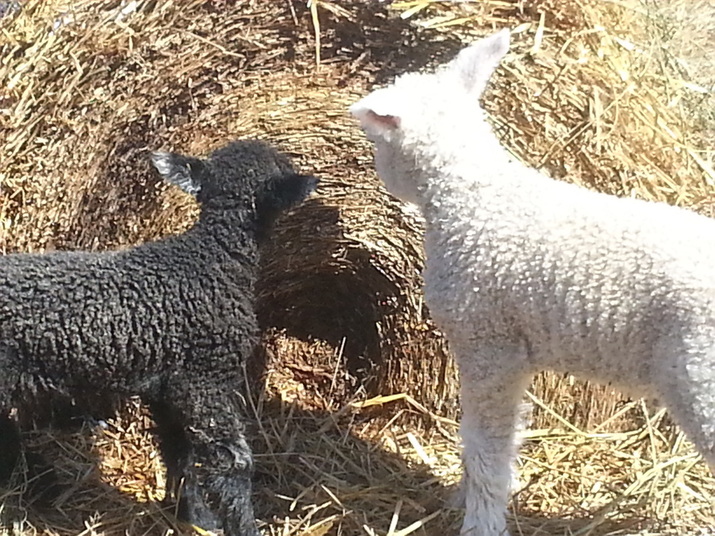
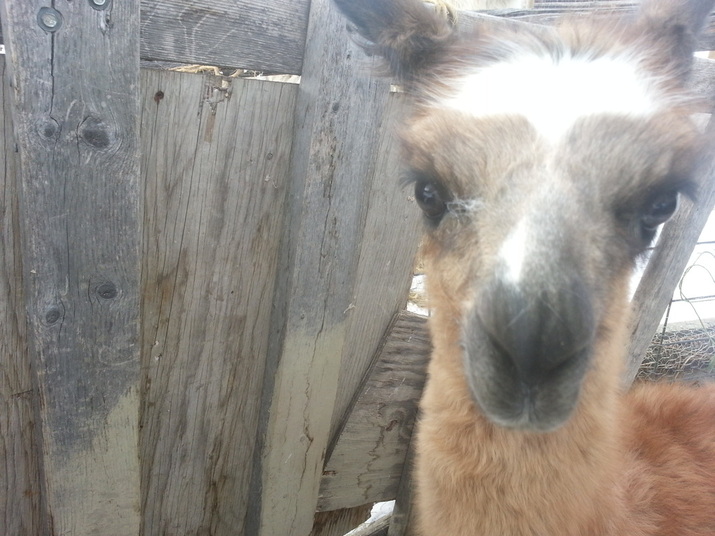
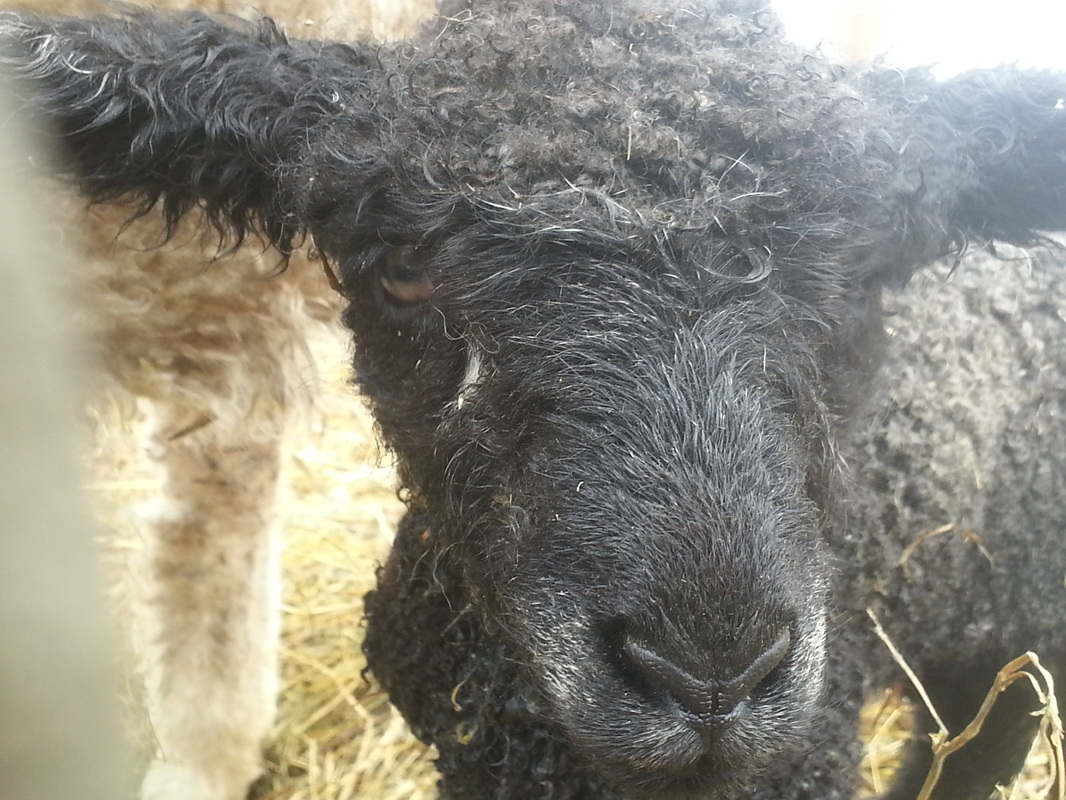
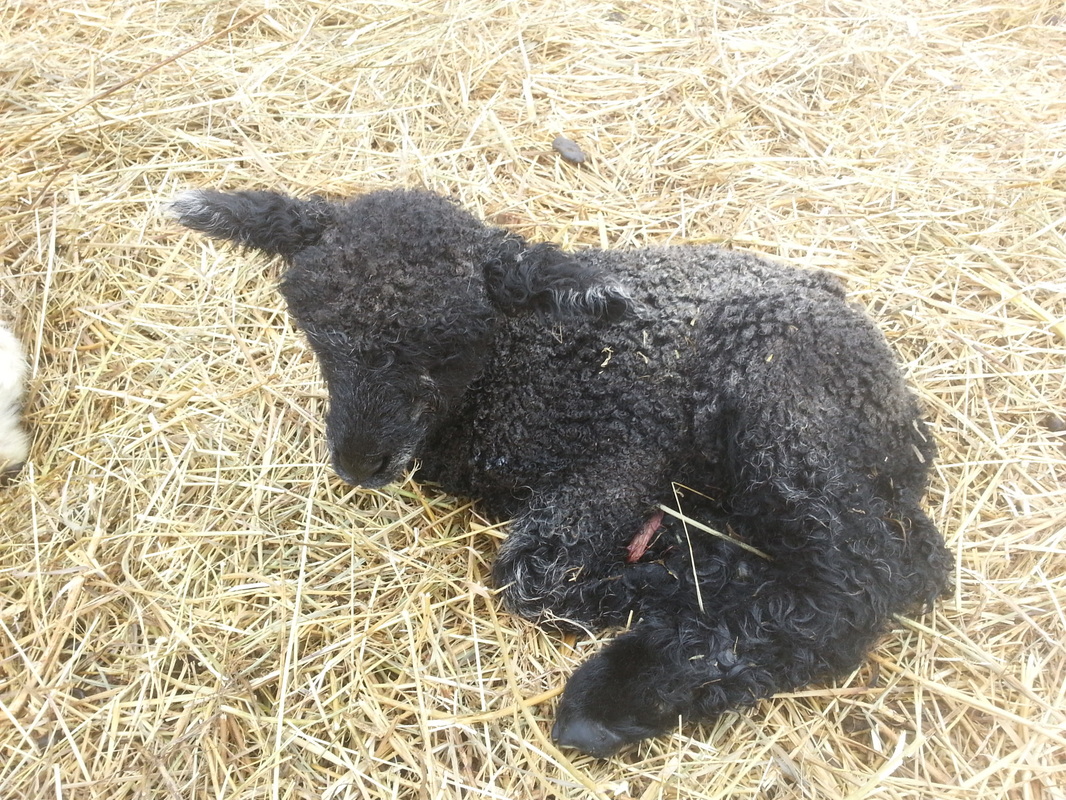
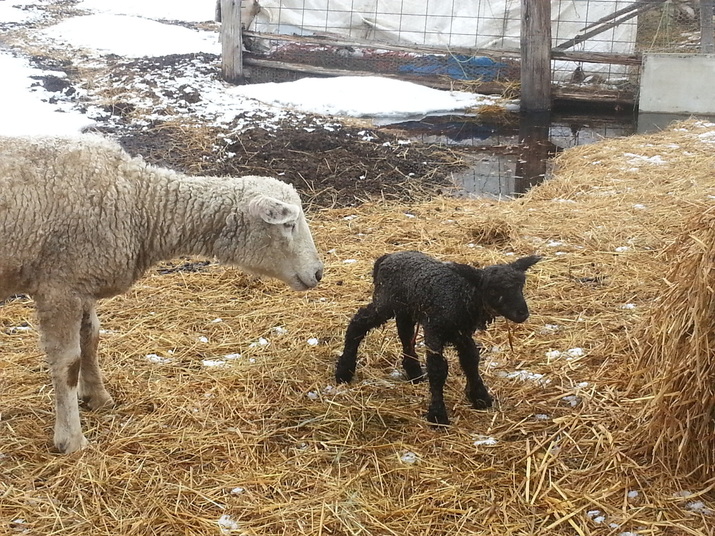
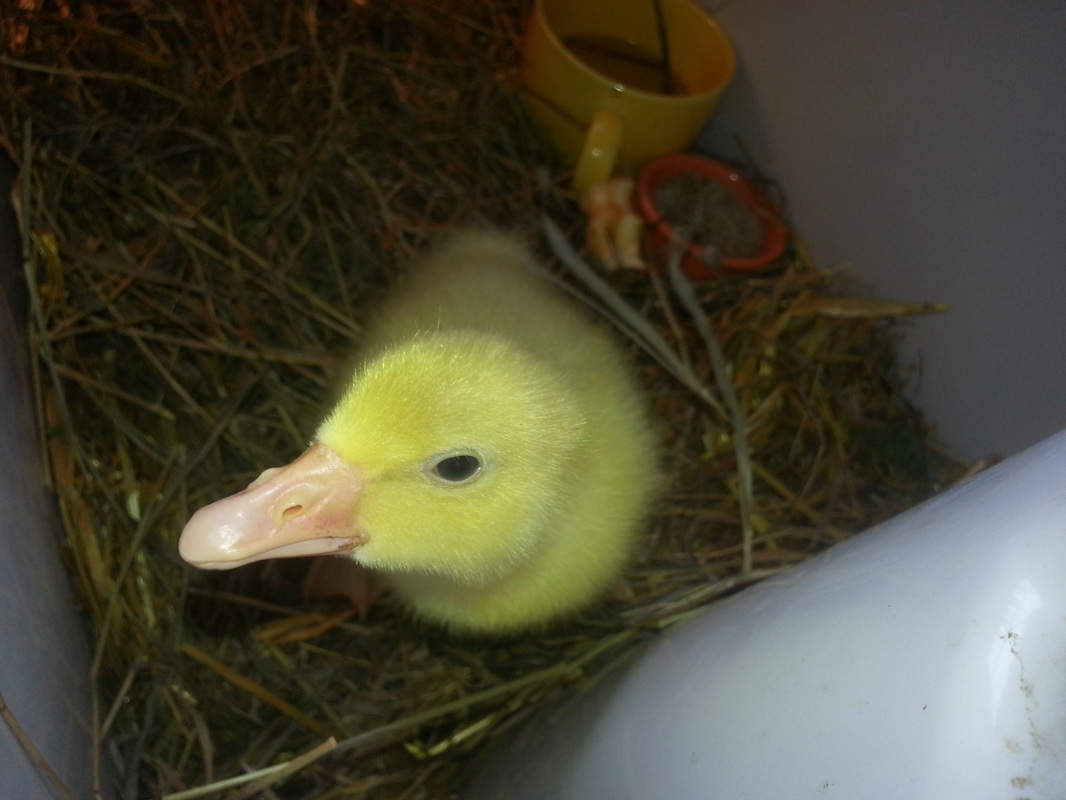
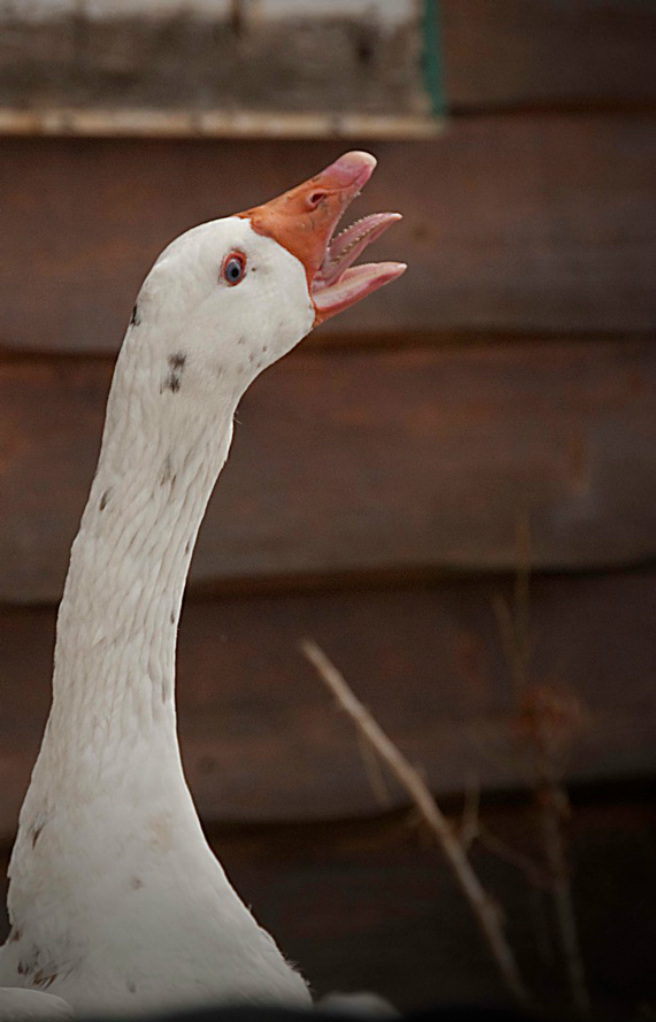
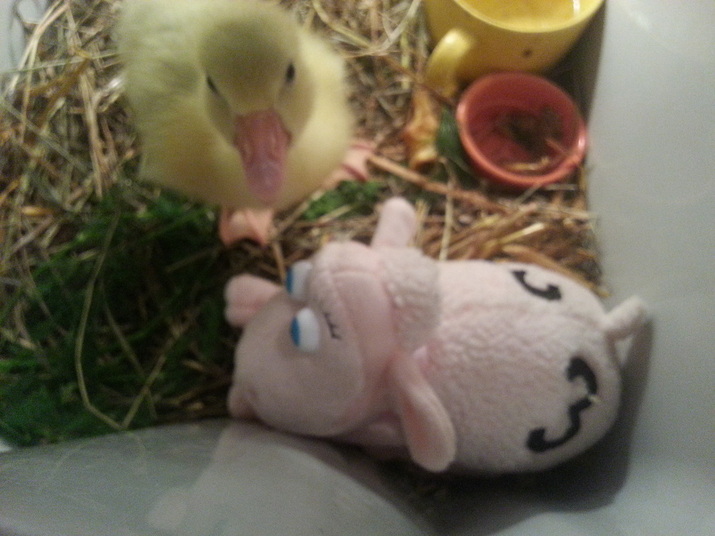
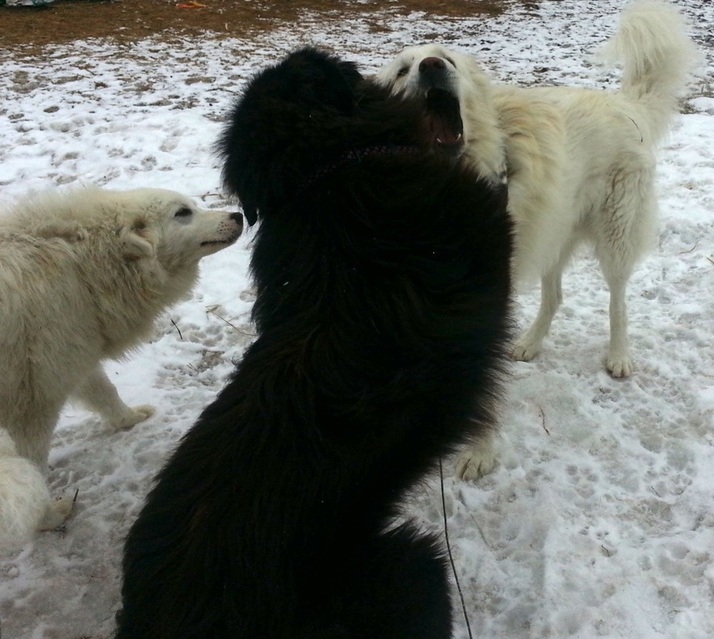
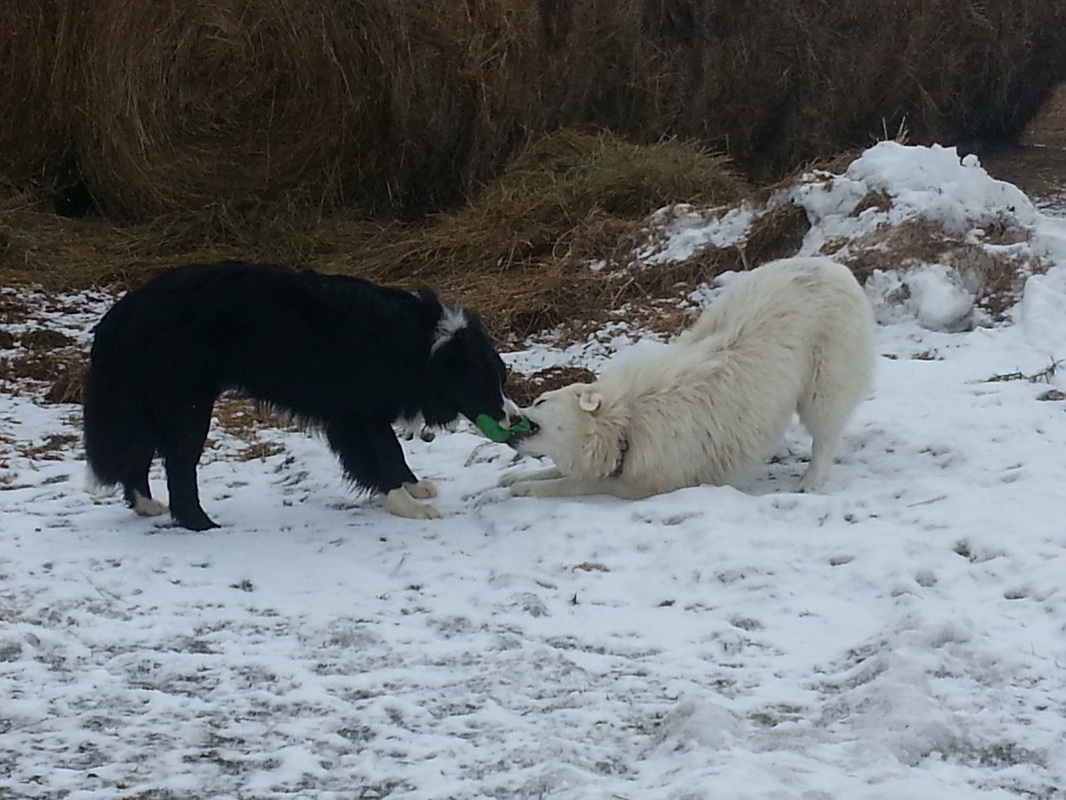
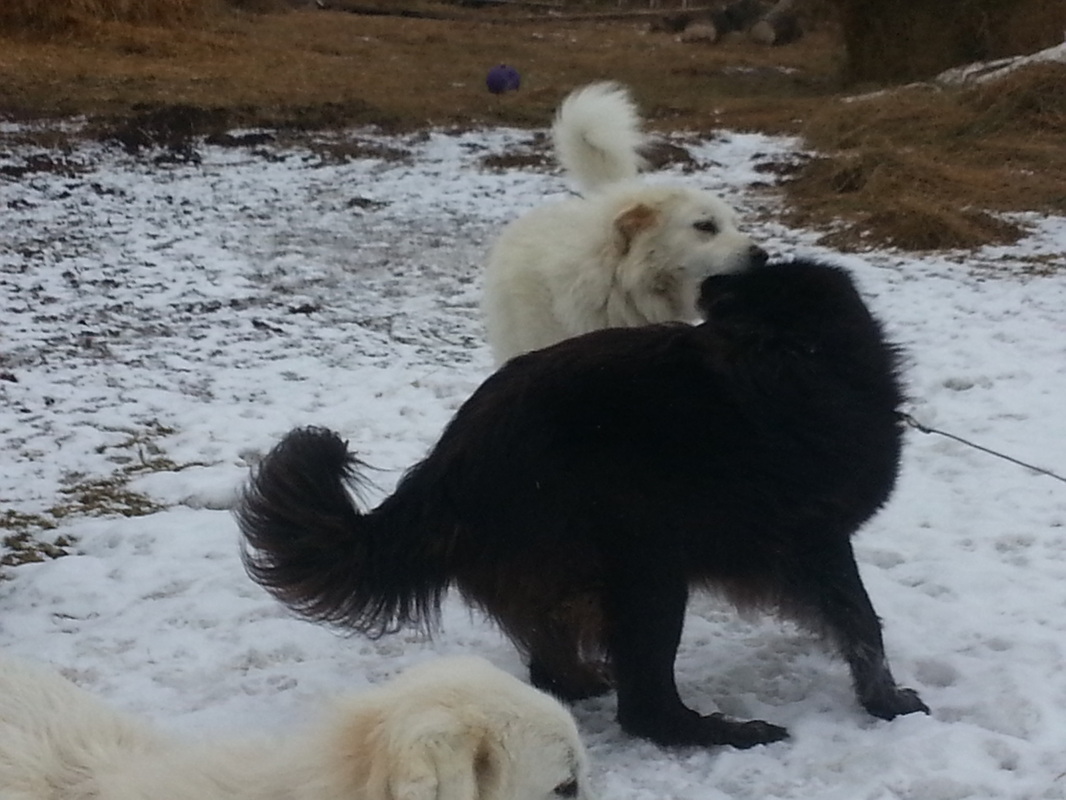
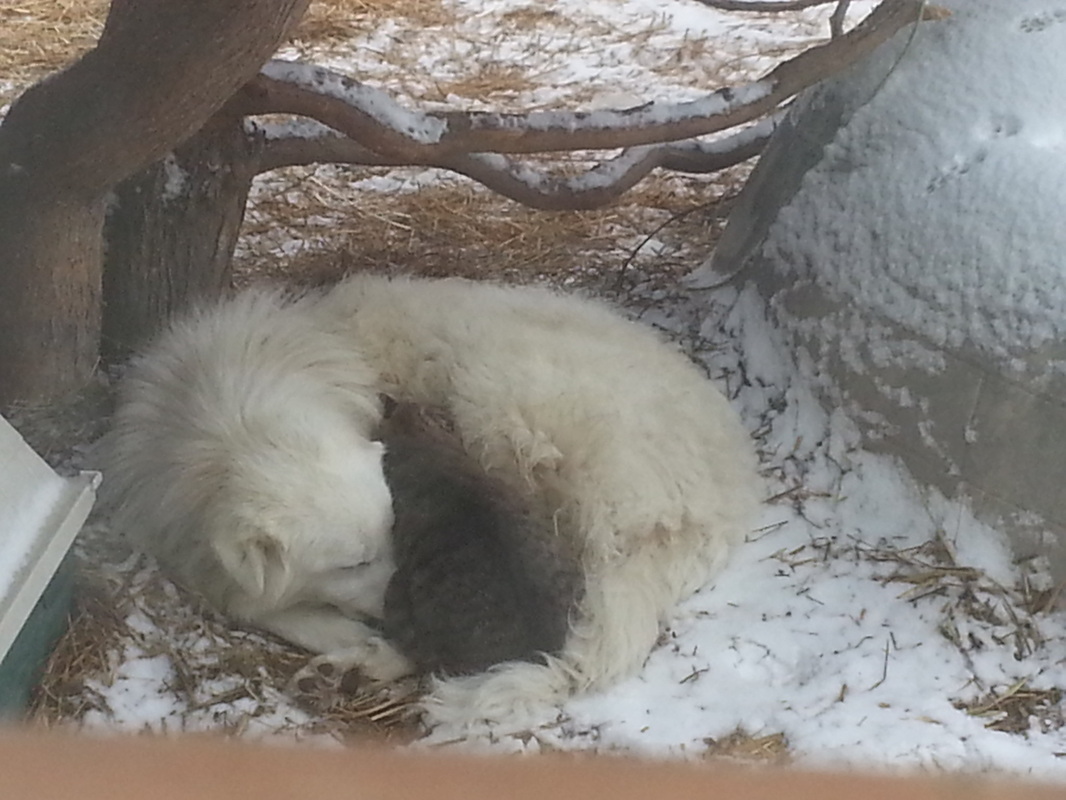
 RSS Feed
RSS Feed